 |
| Phyteuma scheuchzeri. It was about a quid on eBay so I couldn't help myself |
I won't bore you much longer with Lilies but I got a few things in the post this morning (at 8am! It usually comes about 11), including a very valuable delivery from Paul Christian Rare Plants. It was three amazing Lilies from the Vietnam/Laos/Cambodia area and while they all look similar, the difference in bulb size was amazing! L. ciliatum was HUGE! Bigger than a cricket ball. Despite the inclement weather I had to get them potted so ciliatum was first, in an old clematis pot (I've run out of decorative pots and it's all about the flower anyway!). I'll have to re-pot next year in a wider pot to allow it to produce off-sets (hopefully). Look at that colouring, it's like a Turk's cap L. nepalese!
Next in order of size was Lilium majoense:
Says Paul: "A superb plant with slender, yet robust, growths clothed in disease resistant waxy foliage below large, broad white bells with a large blackcurrant-purple zone in the centre. The white is sprinkled with imperial-purple. August. A very beautiful species.
Likes a sunny spot with only a little shade,but a well drained, humus rich soil where it can root down." Yes, It does look a bit like the above but I don't care, it's not sodding "Stargazer" or regale!
Also in the package was L. fargesii, a teeny-weeny bulb but what a gem!
So, three green Lilies with varying degrees of marking but a few months ago I din't even know these plants existed. They also came as bulbs which meant a bill around £50 but gives me something to look at when I'm faffing about with seed of other species and genera (which I actually enjoy but with Lilies there are so many kinds of germination - epigeal, hypogeal, delayed epigeal etc (I won't explain what they are because if you need to know you know already and I'm not sure I fully grasp it myself). Oh, also in the package, because it wasn't green enough and I'd overpaid the postage were two Fritillaria acmopetala var. wendelboi:
It was getting hard to write the labels by now due to the loss of feeling in my fingers but I had two more jobs: sow L. martagon (dark form) and L. Szovitsianum, I'm guessing a Russian species, hang on let me check... Hmmm, it's known as the Caucasian Lily and I've just seen a really nice photograph by a guy with an unmistakably Georgian surname so let's say former Soviet states. Just read this germination info: "The following specie lilies are delayed hypogeal germination. They will sprout their first true leaf only after a 3 month cold period. The true leaf will be put up within a three week period from the time the bulblet is planted out. It is well worth watching these seeds on a regular basis as some may germinate as immediate hypogeal and the very odd one as immediate epigeal. The species with this type of germination which I have grown will germinate as follows: Lilium szovitsianum - 50 to 80 days. The odd seed will germinate as immediate hypogeal.
EH? Does that mean that if I do what I'd naturally do anyway: stick them outside for the winter and expect some germination action in the spring, I'll eventually get some of these?
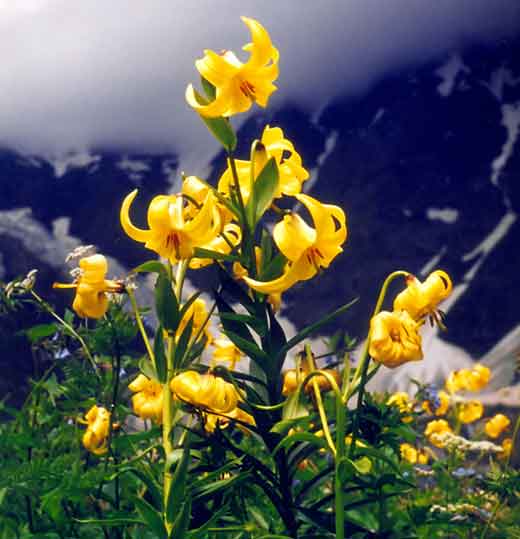 |
| I like the backdrop almost as much as the Lily! |
So it has gone outside basically until something happens (a surprisingly effective germination method with most seeds, honest. If you have patience, they will be exposed to everything in nature and one of them will be the thing it has been waiting for (no, not the squirrels eating them). As have L.martagon which requires the same treatment but seems much less of a palaver: sow, put outside to stratify, wait, admire seedlings.
And speaking of seedlings, I've been taking an awful lot of seed deliveries lately and thought I'd share them with you. (don't worry, no more Lilies). These are from my chums at Chilterns, if you haven't already, check out their on-line catalogue. It's partially illustrated and you can always Google image stuff. Let the show begin!
 |
| Dhalia "Bishop of Landaff" (Good photo eh?, one of mine). Don't know how true it will come but worth a pop. |
 |
| Lupinus versicolor. Why the hell did I order this? |
 |
| Conanthera Bifolia. A Chilean bulbous plant with small panicles of blue, purple or white flowers in the Tecophilaeaceae family. They are not fully hardy in the UK and if grown outdoors should be planted in sandy soil in a warm sunny border and protected during winter from excessive rains and frost, or grown in a frame in colder climates. Propagate by offsets or seed for insurance! They prefer light (sandy) and medium (loamy) well-drained soil. They should be kept well watered during growth and then be allowed to dry off. |
 |
| Gladiolus Palustris. Nice enough I suppose. Not sure why I bought it. Perhaps I had a crazy plan to cross it with G. tritis and make beautiful babies. You never know... |
And my final packet from Chilterns: Delphinium, Unknown Variety. They must know what pushes my buttons!
Now, from elsewhere (not much longer now!):
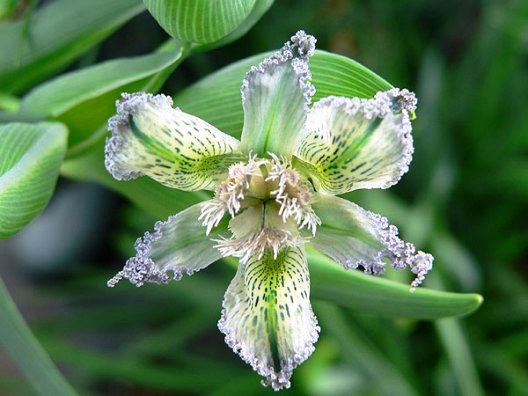 |
| Ferraria ferrariola or the Spider Iris/Lily. I'm getting this in my South African batch but its such a stunner , a bit of back-up is always handy, even if it is just five measly seeds. |
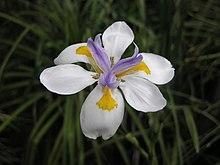 |
| Dietes iriodes: A very close relative of the Iris (duh!) that is hardy down to -5C. Should flower in its second season fro m seed |
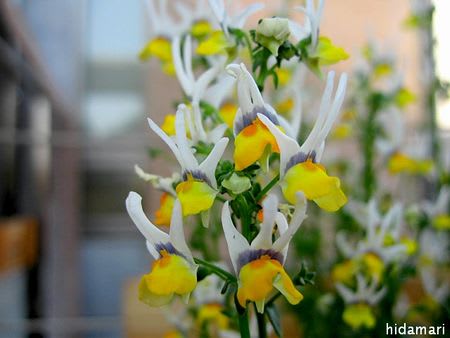 |
| And here' the coconut-scented, Orchid-like Nemesia "Shooting Stars" ,my plan for the windowsill pots once the Tulips and Violas have passed.Well, one of my plans ... |
Well, wrap up yourself, wrap up your plants, don't water in the greenhouse unless it's heated, and keep specimens in the alpine and bulb houses and cold frame on the dry side, unless you fancy a Saxifrage in your G&T. Happy gardening, my US and Aussie reaaders, and Brits, start at those parsnips with a pick axe now and they might be ready for the oven come Christmas!
The Plantboy x

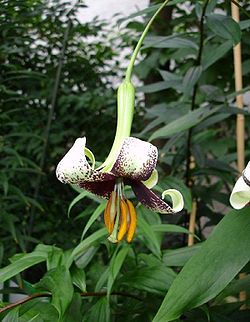

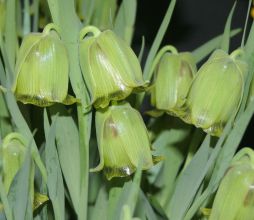
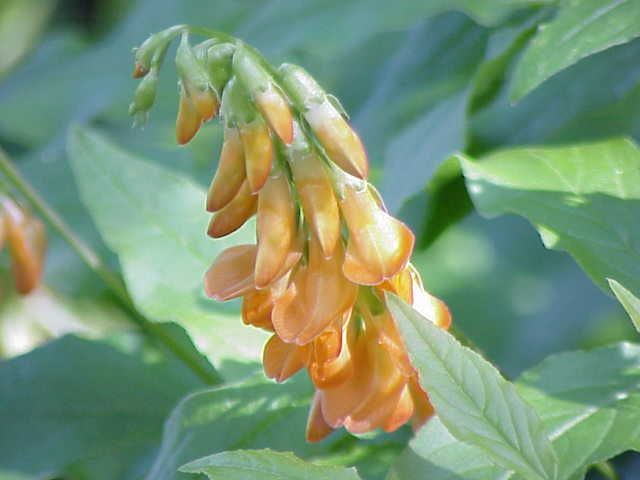

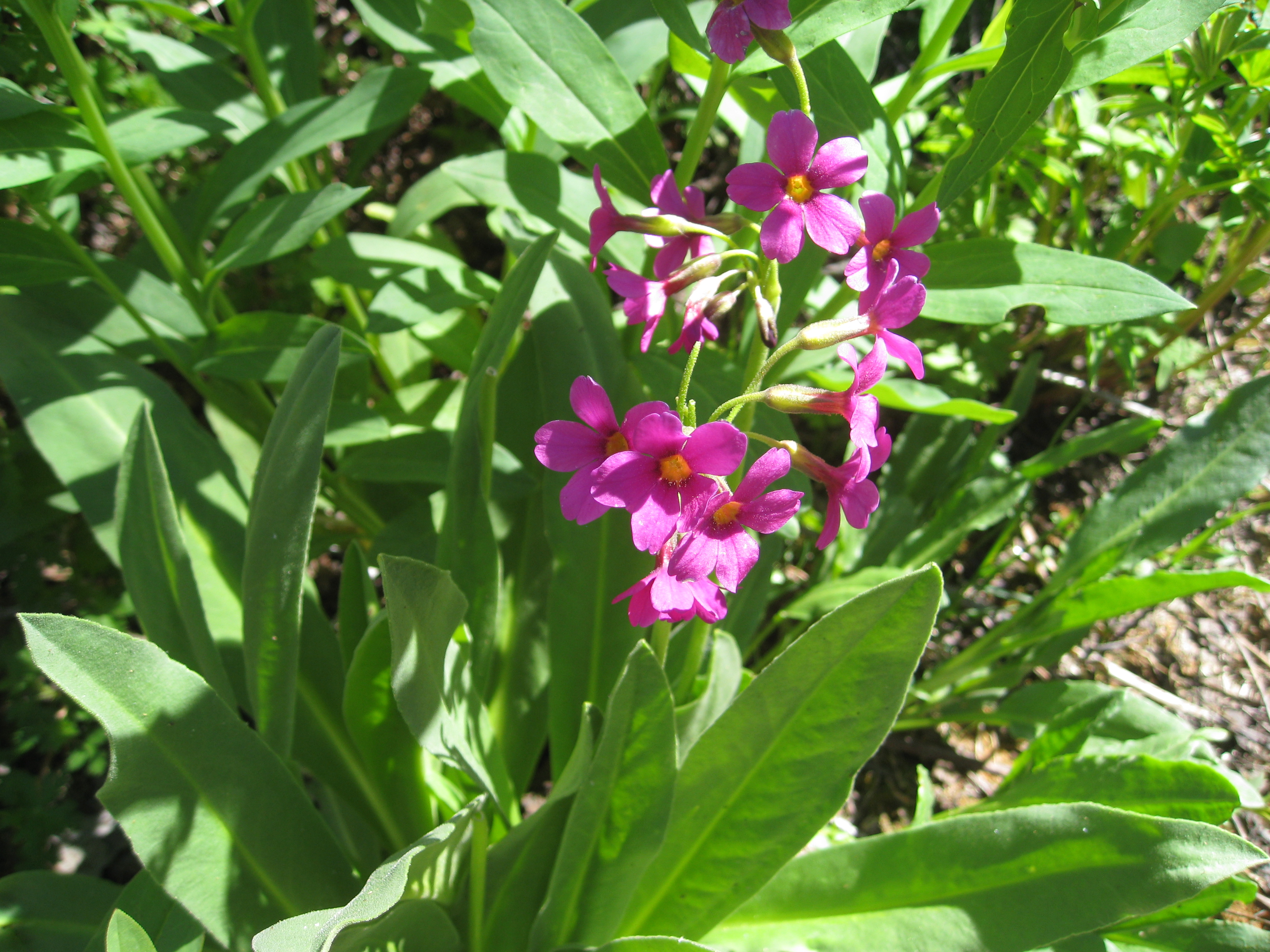



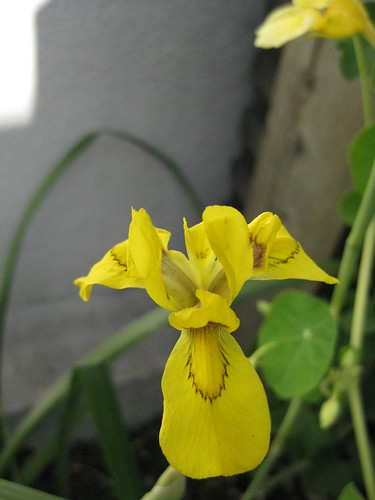
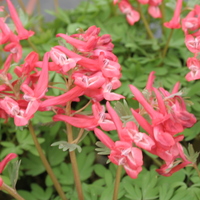
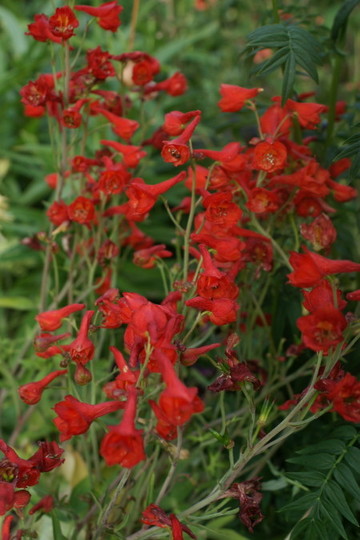
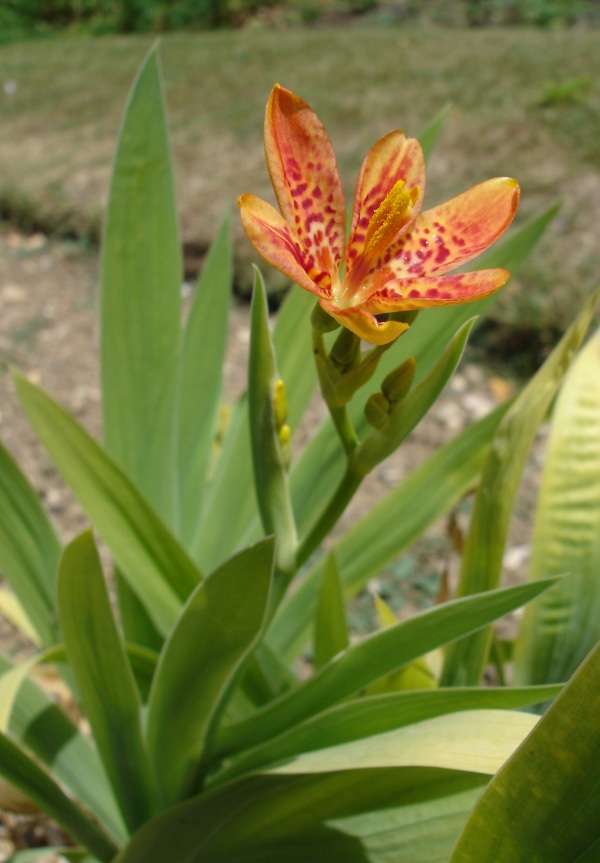
No comments:
Post a Comment